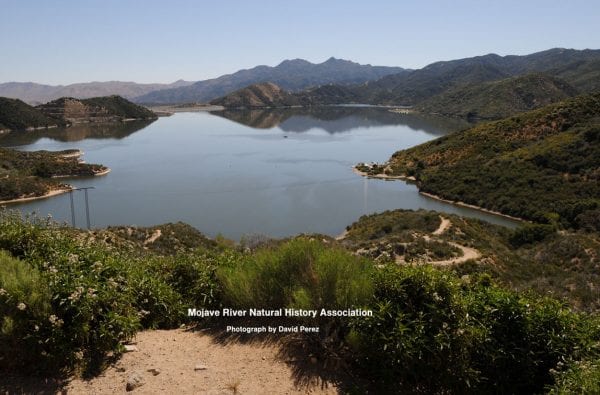
The Park
Silverwood Lake, like many other areas of California, has a colorful and intriguing history. Originally it was home to the Serrano Indians. The Serranos were a peaceful, friendly and gentle people. The men were of medium stature and quite strong. The woman were smaller and excelled in basket and fiber work. They were also known to be excellent seamstresses. By 1910 the Serrano population had declined to approximately 90-150 people. Today some Serrano descendants live on or near the San Manuel and Morongo Reservations.
The early homesteaders found many indications of Native Americans around Miller Canyon. This later became a regionally known campground and the scene for many family picnics of the High Desert residents.
Cedar Springs became the site of an enterprising Seventh Day Adventist colony. For twenty years they conducted a church and school. They also helped in establishing the first public school. The Cedar Springs Health Resort was established for TB patients in need of care. They were given food, rest, and medical attention. The facility was only able to house six residents at a time and maintained a long waiting list.
In 1961 the state informed the people of Cedar Springs that the would have to move because a dam was to be built encompassing the valley. It would be part of the California Water Project. Construction of this dam began in 1967.
On January 21st, 1972, the first Northern California water spilled into Silverwood Lake. The lake was named after W.E. “Ted” Silverwood a Riverside County resident who worked unceasingly for water and soil conservation. Silverwood Lake is the highest lake of the California Water Project. It’s elevation is 3,379 feet with a storage capacity of 25 billion gallons of water. Benefits of this project are recreation, fishing, and wildlife enhancement. Ponderosa Pine forest give way to high desert chaparral, creating a habitat for over 130 species of birds including the star attraction, Bald Eagles. Silverwood Lake is an official wintering site for these great birds and tours are given January thru March.
